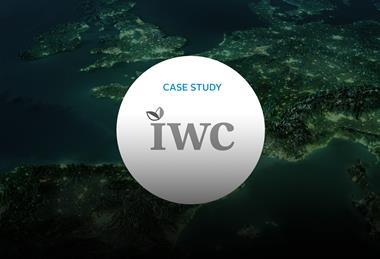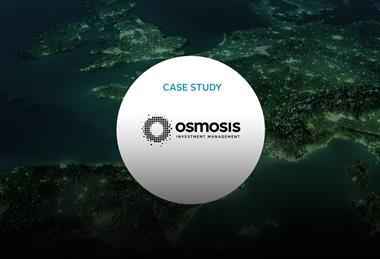Close menu
- Home
- About us
- Signatories
- News & events
- Investment tools
-
Sustainability issues
- Back to parent navigation item
- Sustainability issues
-
Environmental, social and governance issues
- Back to parent navigation item
- Environmental, social and governance issues
- Environmental issues
-
Social issues
- Back to parent navigation item
- Social issues
- Social issues - case studies
- Social issues - podcasts
- Social issues - webinars
- Social issues - blogs
- Cobalt and the extractives industry
- Clothing and Apparel Supply Chain
- Human rights
- Human rights - case studies
- Modern slavery and labour rights
- Covid-19
- Just transition
- Governance issues
- Climate change
- Sustainability outcomes
- Sustainable markets
- Research
- Policy
EU taxonomy alignment case studies
From 2022, investors that offer funds in Europe described as “environmentally sustainable” will need to explain how, and to what extent, they have used the taxonomy in determining the sustainability of the underlying investments. They must also disclose the proportion of underlying investments that are taxonomy-aligned as a percentage of the investment, fund or portfolio.
Testing the taxonomy: insights from the PRI Taxonomy Practitioners Group
This report shares insights from the first comprehensive set of case studies around how to use the EU Taxonomy.
“Ensuring that the taxonomy is aligned with company non-financial reporting requirements is integral to the success of the regulation.”
“Industry groups and trade associations have a role to play in translating the taxonomy into an industry reporting standard, supported by best practice processes and assurance requirements.”
“Push to ensure that the taxonomy becomes a global standard that is widely used by leveraging market participants and institutional investors.”
Case studies
- Previous
- Next
“While detailed in-house analysis and application of the EU Taxonomy is very time-consuming, we believe there is value in understanding all the pitfalls. This should help to assess the robustness of the approaches taken by different data providers, even if applied on a limited sample of issuers or GBs.”
“There is value in nurturing an understanding of a company’s culture, regulatory environment and the industry in which it operates. This will avoid overburdening companies to report information that may not add value to the investment process.”
From policy to practice: testing the EU taxonomy
2020-09-10T05:00:00+01:00
By Will Martindale, Director of Policy and Research, PRI
- The PRI is an investor initiative in partnership with UNEP Finance Initiative and UN Global Compact.

- PRI Association, 25 Camperdown Street, London, E1 8DZ, UK
- Company no: 7207947
- +44 (0)20 3714 3141
- [email protected]
-
PRI DISCLAIMER
The information contained on this website is meant for the purposes of information only and is not intended to be investment, legal, tax or other advice, nor is it intended to be relied upon in making an investment or other decision. All content is provided with the understanding that the authors and publishers are not providing advice on legal, economic, investment or other professional issues and services. PRI Association is not responsible for the content of websites and information resources that may be referenced. The access provided to these sites or the provision of such information resources does not constitute an endorsement by PRI Association of the information contained therein. PRI Association is not responsible for any errors or omissions, for any decision made or action taken based on information on this website or for any loss or damage arising from or caused by such decision or action. All information is provided “as-is” with no guarantee of completeness, accuracy or timeliness, or of the results obtained from the use of this information, and without warranty of any kind, expressed or implied.
Content authored by PRI Association
For content authored by PRI Association, except where expressly stated otherwise, the opinions, recommendations, findings, interpretations and conclusions expressed are those of PRI Association alone, and do not necessarily represent the views of any contributors or any signatories to the Principles for Responsible Investment (individually or as a whole). It should not be inferred that any other organisation referenced endorses or agrees with any conclusions set out. The inclusion of company examples does not in any way constitute an endorsement of these organisations by PRI Association or the signatories to the Principles for Responsible Investment. While we have endeavoured to ensure that information has been obtained from reliable and up-to-date sources, the changing nature of statistics, laws, rules and regulations may result in delays, omissions or inaccuracies in information.
Content authored by third parties
The accuracy of any content provided by an external contributor remains the responsibility of such external contributor. The views expressed in any content provided by external contributors are those of the external contributor(s) alone, and are neither endorsed by, nor necessarily correspond with, the views of PRI Association or any signatories to the Principles for Responsible Investment other than the external contributor(s) named as authors.
Site powered by Webvision Cloud









































